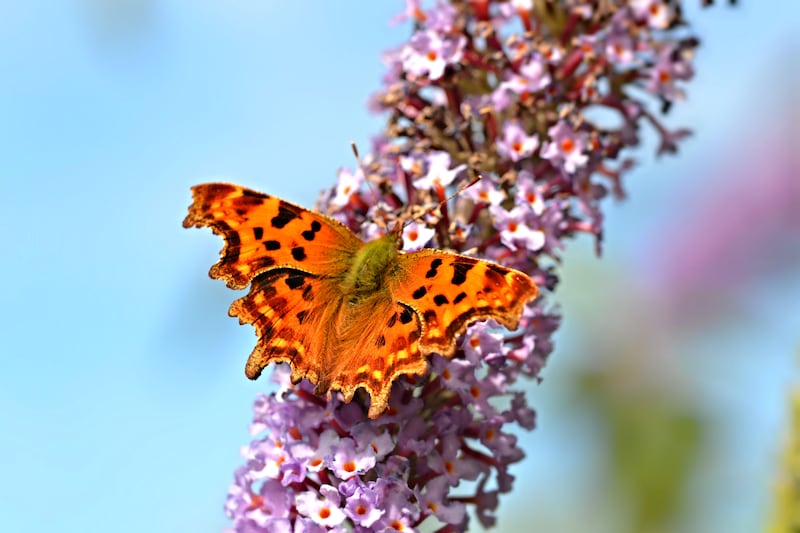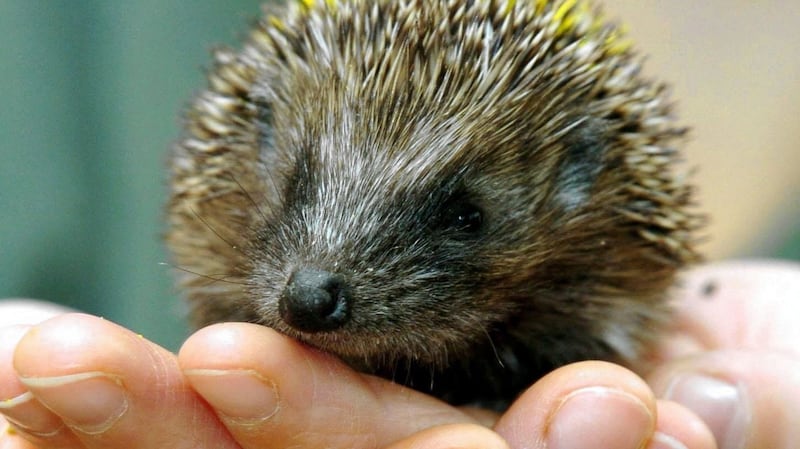Caroline Stanley has observed nature in Merlin Woods for 10 years, since Friends of Merlin Woods was founded in 2012.
The group aims to promote the positive use of the large urban woodland on the east side Galway City. They arrange nature walks, biodiversity weeks and heritage weeks.
When Ms Stanley began documenting the wildlife in the woods, there were eight different kinds of dragonfly. There are now 10.
The Emperor dragonfly was first noticed in the Galway woodland a few years ago, and in 2022 the Migrant Hawker dragonfly was noted for the first time.
Ms Stanley said both dragonflies and butterflies, alongside other migratory species, are good indicators of climate change.

The tools you need to stay healthy and happy
“You can see the migratory pattern of the dragonflies that would have normally kind of come in on the east coast of Ireland, are now working their way up to the west and up to the north of Ireland as well,” Ms Stanley said.
She said there are also new species of insects working their way across the country, from east to west.
[ Eamon Ryan rejects claims he is ‘hated’ by rural Ireland over climate policiesOpens in new window ]
[ You want an index for Ireland’s biodiversity crisis? I give you the humble curlewOpens in new window ]
“Things like the Comma butterfly, which would have been mostly kind of east coast, is now working its way into Co Galway as well, so Colin, [my husband] would have noticed that in Portumna forest,” she said.
This year, owing to the summer weather, Ms Stanley noticed a decrease in the number of insects in Merlin Woods. “It was very worrying actually, because we were seeing such small numbers of insects,” she said.
She said that hoverflies, butterflies, dragonflies and even bees seemed to arrive later this year due to colder weather earlier in the summer.
“That delayed a lot of the flowers in bloom,” she said. If plants come out before insects arrive, they don’t have an opportunity to lay their eggs. “There may be a lack of syncing up,” she said, “or they might have a shorter window to sync up with the plants that they need for their existence.”

Butterflies need certain temperature conditions to come out, and cannot lay their eggs if it’s too cold, too wet or windy, Stanley said. If the temperatures are not correct for the plants to bloom, butterflies, for example, cannot reproduce.
“If they don’t have their plant around, they are basically locally extinct. So, every time someone tidies up a wild area where plants are growing that butterflies need, then you have basically made some of your local butterflies extinct in that area,” Stanley said.
The changes to the seasons caused by climate change, and the mild winters that come with it, are not only affecting butterflies and dragonflies.
“Some seeds that fall from plants need that hard frost to flourish or to grow, so you need those winters as well,” she said.
Ms Stanley said trees need to “store the goodness” in their roots for winter. “But if they’re trying to produce leaves – new growth – because the weather is so mild, and then they have a frost, that puts the plants under stress,” she said.
“If the plants get confused, they’ll be putting out flowers when what you want them to be doing is hibernating,” she said, adding this was especially the case for broad leaves. “You don’t want them producing leaves when they shouldn’t be,” she said.
Ms Stanley likened this phenomenon to grass growing all year round.
Trees continuing to grow and flourish into the winter months has a knock-on effect on the wildlife around them.

“Hedgehogs might go for double broods, and then when the frost comes, they’ve got young that can’t survive the winter, so nature is kind of fooled into thinking, oh here we go, lovely, we’ve got enough food here, let’s keep breeding,” Stanley said.
She said birds could be fooled into breeding two or three times a year, which is not sustainable, as many of the things they feed on are not present throughout the year.
“You expect your insects to quieten down around October. We also have bats out sometimes very early in the day or early evening because it’s warm, but yet there may not be moths, or the midges and stuff out that they need to feed on.
“So everything has a knock-on effect from a mild winter,” she said.
Merlin Woods also plays an important part when it comes to coping with flood water, according to Stanley, as it soaks up heavy downpours.
“If we didn’t have it there, the city would be absorbing it, the drains would be absorbing it, so you would put pressure on your storm drains and out to sea. They would probably have more city flooding in the area if there was no woodland.”










